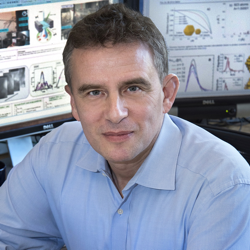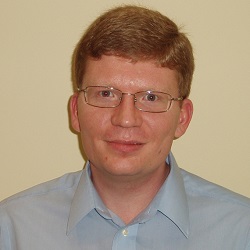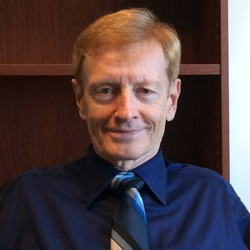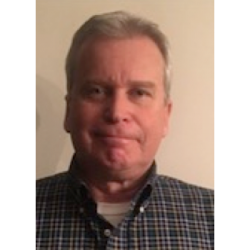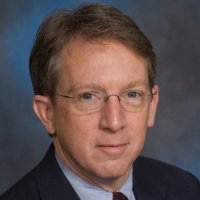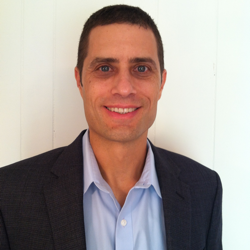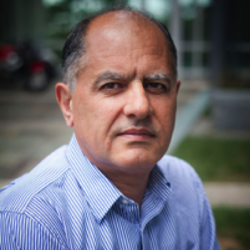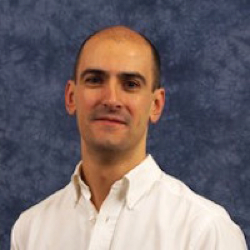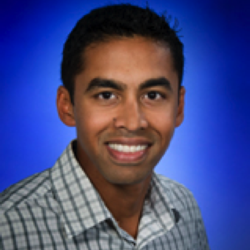Publications
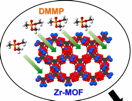
JACS: In Situ Probes of Capture and Decomposition of Chemical Warfare Agent Simulants by Metal Organic Frameworks
We report a detailed study of the decomposition of a nerve-agent simulant on metal-organic frameworks (MOFs) using advanced synchrotron-based methods. J. Am. Chem. Soc. 2017, 139, 599−602
Full Publication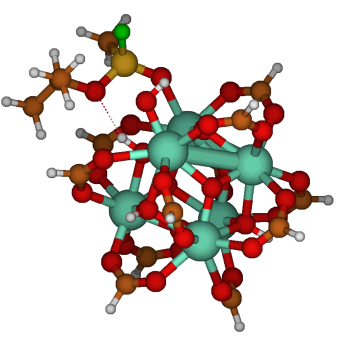
J. Phys. Chem. C: Nerve-Agent Decomposition within Zr-Based Metal Organic Frameworks
The decomposition of Sarin has been elucidated on Zr-based UiO-66 and MOF-808 metal organic frameworks (MOFs) using electronic structure calculations. J. Phys. Chem. C 2016, 120, 29312−29323
Full Publication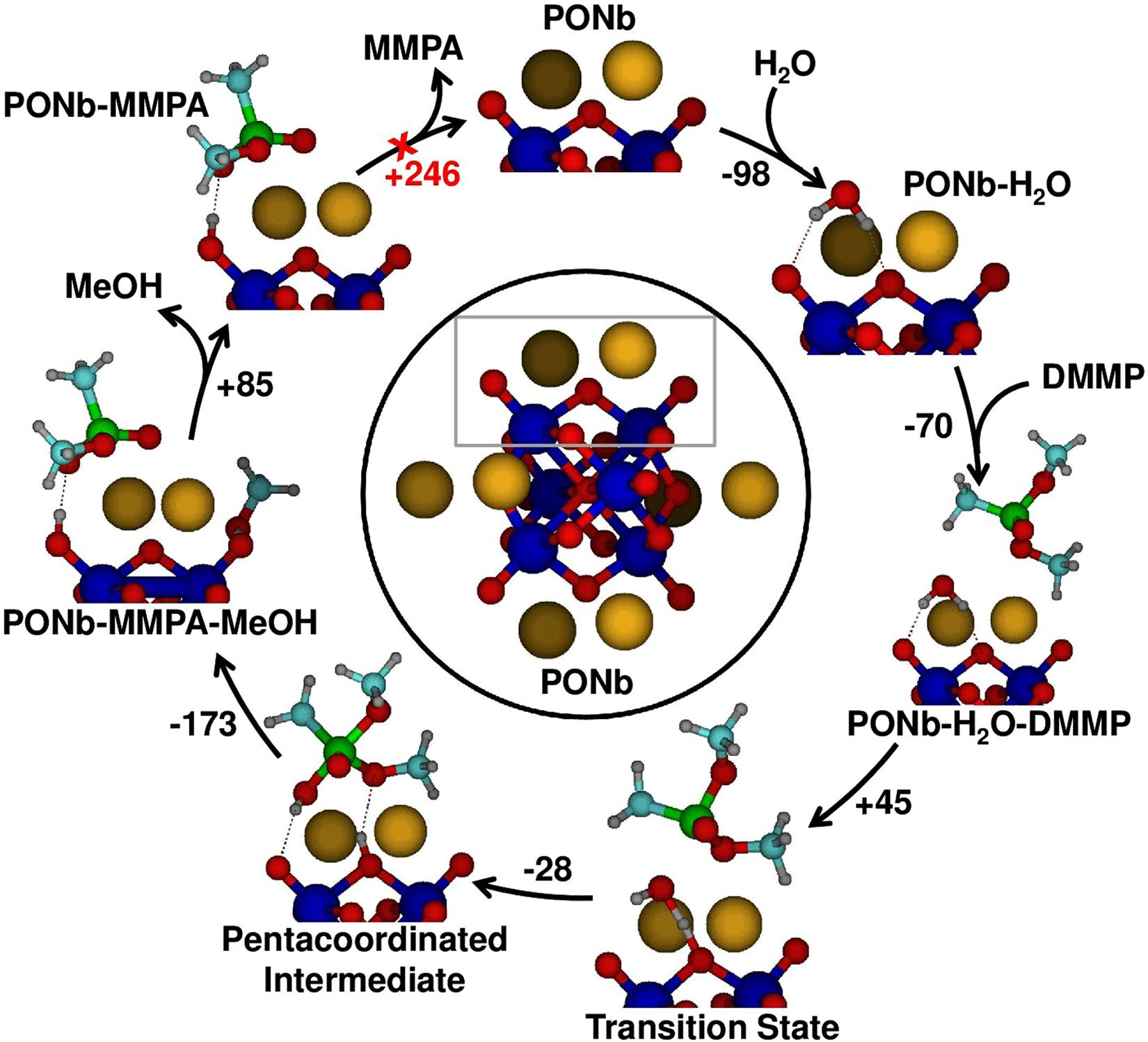
Scientific Reports: Atomic-Level Structural Dynamics of Polyoxoniobates during DMMP Decomposition
Ambient pressure in situ synchrotron-based spectroscopic techniques have been correlated to illuminate atomic-level details of bond breaking and formation during the hydrolysis of a CWA simulant over a polyoxometalate catalyst. Scientific Reports | 7: 773
Full Publication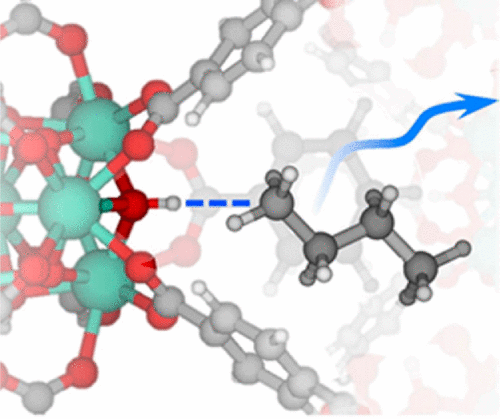
J. Phys. Chem. C: Alkane−OH Hydrogen Bond Formation and Diffusion Energetics of n‑Butane within UiO-66
Hydrocarbon diffusion and binding within porous molecular networks are critical to catalysis, separations, and purification technologies. Fundamental insight into butane uptake and mobility within MOFs, has been gained through in situ infrared spectroscopy. J. Phys. Chem. C 2017.
Full Publication
